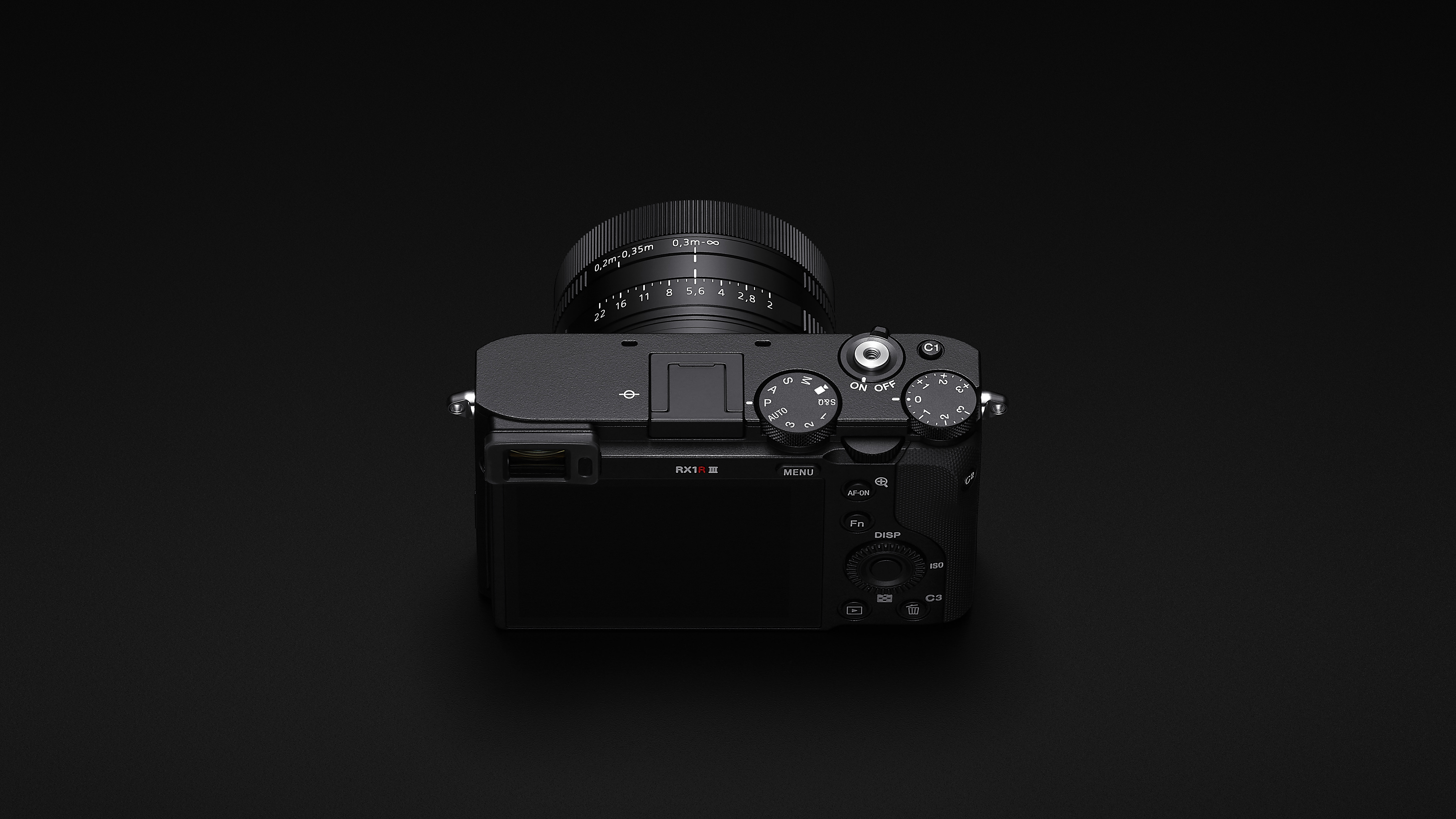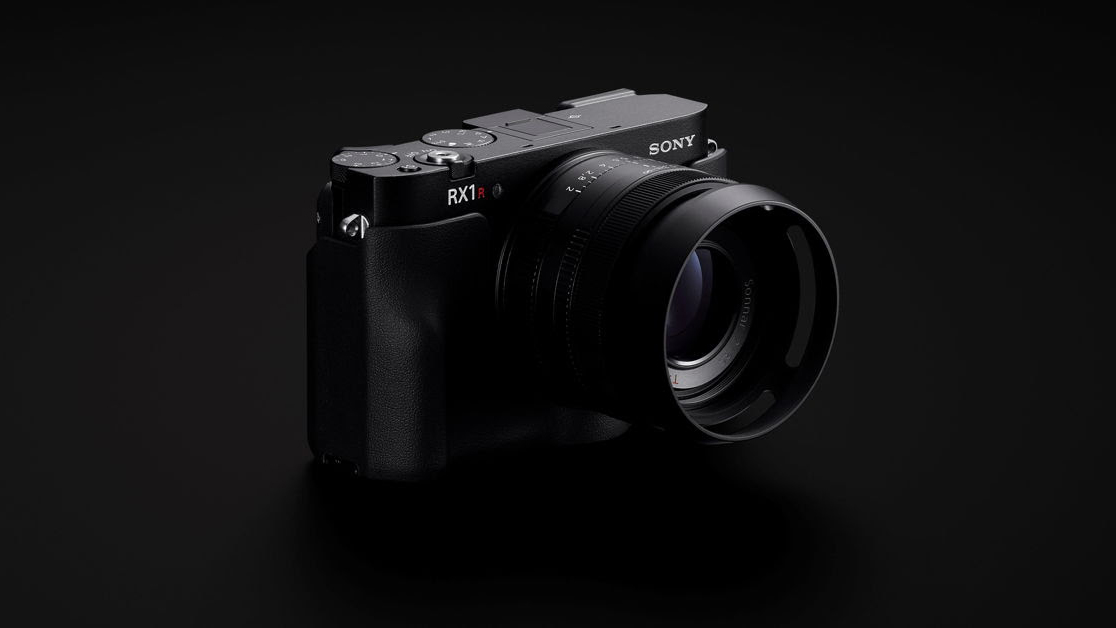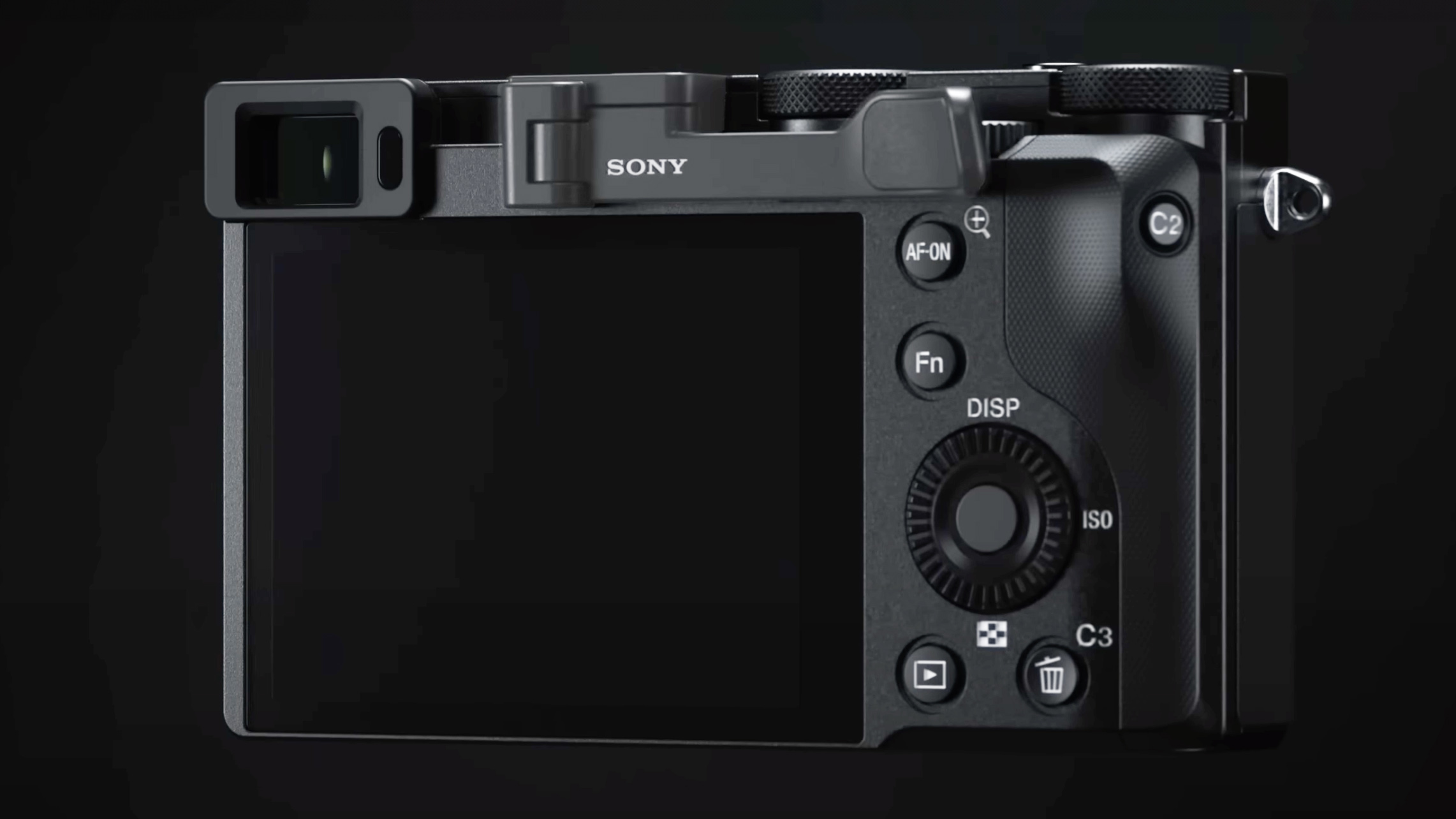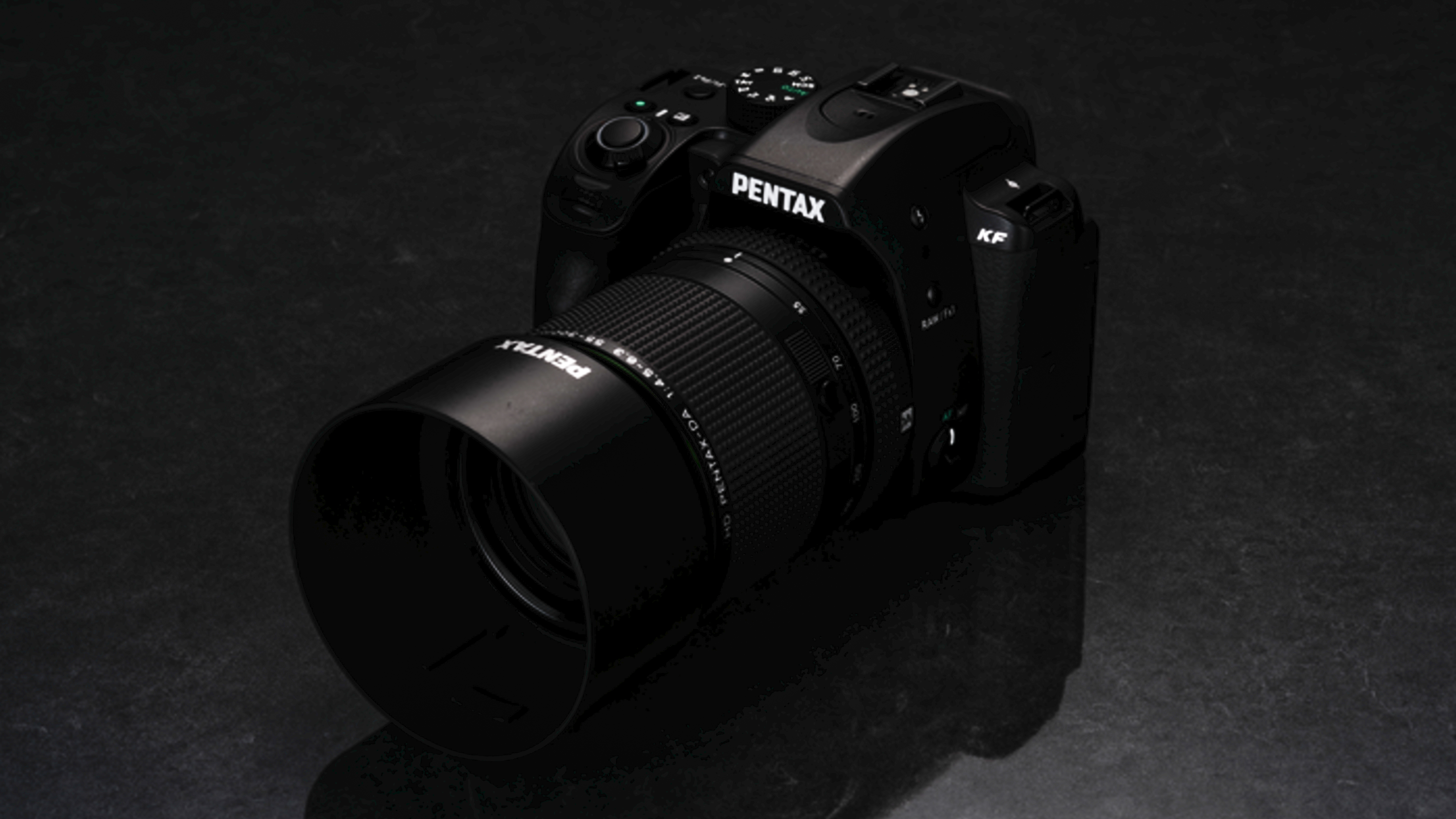Tiny camera = massive prices. The case for portable pro cameras is hitting photographers where it hurts: our wallets
The Sony RX1R III is here, but the third-generation camera sits at an even higher price point

As compact cameras went from near extinction to trendy accessories, prices seemed to skyrocket along with the genre’s popularity, with even used versions of hard-to-find models going for well above the new asking price.
But the most expensive compact cameras aren’t the models trending on social media like the Canon G7X Mark III – it’s the models cramming high-end pro technology into tiny bodies that are inducing cases of sticker shock.
The Sony RX1R full-frame compact camera series took nearly a decade to get from the second generation to the third. But the move to a higher resolution sensor, Sony’s latest processor and smarter autofocus comes a higher price point.
The second-generation Sony RXR1 II launched at $3,299 / £2,600 / AU$5,499. But, the new Sony RXR1 III is slated to retail at $5,089 in the US, £4,199 in the UK and AU$7,999 in Australia. Despite the price point, the RX1R III already has a "top seller" flag at retailer B&H.
Want a lens hood? That will be another $200. A fully decked-out RXR1 III would factor in the $299 thumb grip and $250 body case. There’s no charger in the box, either, so if you don’t want to recharge via USB, that will be another added cost.
The RX1R III is hardly alone in charging a premium price for cramming the biggest tech inside a tiny body. There’s the Leica Q3 43 at $6,895 / £5,900 / AU$11,890, the Leica Q3 at $6,735 / £5,300 / AU$9,790, and the Fujifilm GFX100RF at $4,899 / £4,699 / AU$8,700.
Point-and-shoot cameras originally launched as affordable cameras that anyone could use. Kodak famously said, “You take the photo, we’ll do the rest.” And there are still plenty of cheap compact cameras around.
The best camera deals, reviews, product advice, and unmissable photography news, direct to your inbox!
But, putting the most advanced camera tech into a point-and-shoot body? That’s a niche camera that is quickly becoming a luxury item. The Sony RX1R III, for example, costs more than the A7R V, a mirrorless with the same resolution and autofocus capabilities that has the weather-sealing, burst speeds and 8K video that the RX1R III does not.
Technically, with its fixed, non-interchangeable lens, the RX1R III is a point-and-shoot. But a more accurate moniker would be to call the camera an advanced compact.
Where point-and-shoots have long been cameras designed for non-photographers to take a picture with little know-how, advanced compacts are small, fixed-lens cameras with advanced controls for those who have amassed the photography know-how.
Small cameras are about more than size

I understand the appeal of a smaller camera. On my last family vacation, I took more photos with a waterproof compact camera than I did with my mirrorless camera. The switch felt liberating, but I did so knowing full well that the image quality wouldn’t be as good.
Cameras like the RX1R III and Leica Q3 are built on that liberating idea of leaving heavy gear behind, but without sacrificing image quality. Sony says it views the RXR1 III as an everyday carry camera for pros and serious hobbyists who always want to have pro-grade image quality within reach.
There’s more to cameras like the RX1R III than size, however. Smaller cameras are less intimidating, giving the photographer a stronger likelihood of taking candid photographs unnoticed. That’s one of the reasons the Ricoh GR III, which has an APS-C sensor but looks like a typical point-and-shoot, is popular for street photography.
Some mirrorless cameras paired with a pancake lens can be relatively small – the Sony A7RC, for example, arguably has a lot in common with the RX1R III. But, the RX1R III is still the smaller combination, even when the mirrorless body is paired with a compact lens like the Sony 24mm f/2.8 G.
Fixed lens cameras should also have an advantage in keeping the sensor clean – with no lenses to swap, the introduction of dust inside is less of an issue with fixed lens cameras. The RX1R III, however, doesn’t have any weather seals, which could have given the compact camera an even bigger edge in durability.
Are inflation and tariffs to blame for the RX1R III’s higher cost?

While there are some advantages to working with smaller gear, the cameras with big tech in small bodies are becoming increasingly a luxury item.
The RX1R III, sitting at around $1,800 higher than the second generation in the US, isn’t alone in launching at a higher price point than previous models. The Fujifilm X100V launched at $1,399 in the US, the X100VI now lists for $1,599, for example.
Nearly ten years has passed between the II and III generation of the RX1R series, which is enough time for inflation to play a role in the price difference. Calculating for inflation, a camera that cost $3,299 in 2015 would be expected to cost around $4,489.
But the cost of camera gear has risen with the tariffs in the US over the last few months. In the US, the new tariffs would tack on at least 10% of the declared value. The declared value usually isn’t public information, but 10% of the camera’s list price would be a bit under $500 – and that’s if the 10% pause continues. Looking at those numbers, the RXR1 III is only slightly higher than the second-generation camera.
Of course, what may be considered overpriced by one person may be considered cheap by another. After all, the Sony RX1R III looks cheap next to the Leica Q3 43, which is is $2,282 / £1,700 more. In the US, the RX1R III is pricier than even the medium format Fujifilm GFX100RF at $4,899, but the Sony camera is slightly less in the UK and Australia at £4,699 / AU$8,700.
I have fewer issues with the price than I do with the Sony RX1R III's list of features that are missing for a $5K camera. I understand that sacrifices have to be made for that small size, but I would have at least liked to see weather-sealing.
I think the longevity of the camera may help justify the price point – the 61MP sensor isn’t going to feel outdated any time soon. But weather sealing would have lent more oomph to the idea that the RX1R III may be a camera that photographers continue to shoot with for a decade.
Large-sensor compact cameras like the Sony RX1R III are undoubtedly a luxury item that sits out of the price range of many photographers. But the RXR1 II had a loyal following, was seldom discounted from its original price and was future-proof enough not to see an update for nearly ten years.
The mix of big tech in a small size will likely mean the series continues to sell, even sitting at a higher price point. Again, the Sony RX1R III has already earned that “top seller” flag at US retailer B&H – so for now, at least, the price certainly isn't deterring buyers…
You may also like
Browse the best full-frame compact cameras or the best Sony cameras.

With more than a decade of experience writing about cameras and technology, Hillary K. Grigonis leads the US coverage for Digital Camera World. Her work has appeared in Business Insider, Digital Trends, Pocket-lint, Rangefinder, The Phoblographer, and more. Her wedding and portrait photography favors a journalistic style. She’s a former Nikon shooter and a current Fujifilm user, but has tested a wide range of cameras and lenses across multiple brands. Hillary is also a licensed drone pilot.
You must confirm your public display name before commenting
Please logout and then login again, you will then be prompted to enter your display name.
